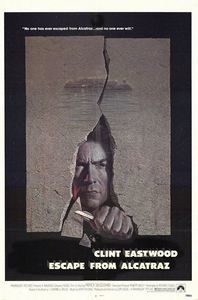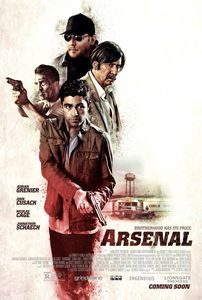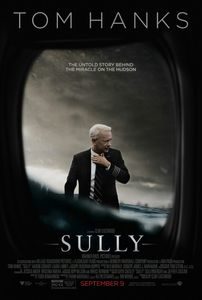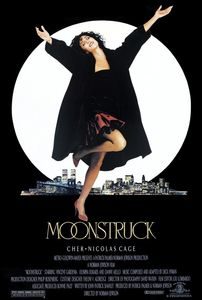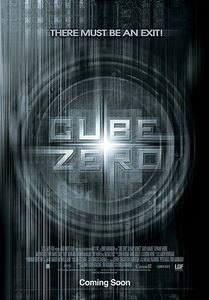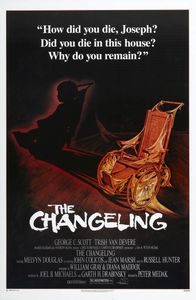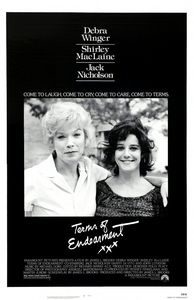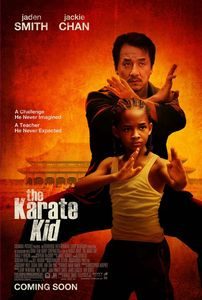Escape from Alcatraz (1979)
(On TV, May 2017) Good movies have a way of drawing their viewers in, and I was pleasantly surprised to see Escape from Alcatraz earn my attention despite what was initially an uninterested viewing. I was planning on doing other things while I watched the movie: I wasn’t expecting much from yet another prison film (haven’t we seen enough of them already?). But what happened is that only a few minutes in, I ended up glued to the screen until the end, even as the movie was going through the usual motions of prison movies. A couple of things can explain why: For one, Escape from Alcatraz rests on the shoulders of Clint Eastwood, here seen in his prime as an irresistibly charismatic lead—he can squint, grunt and we’re just willing to see where he’ll go. Then there’s the fact that the film is very, very good at being a prison escape procedural. It cleanly introduces its characters, sketches the social ecosystem of the prison, shows the protagonist figure out Alcatraz’s faults and how to exploit them, raises the stakes with an abusive warden … and constantly shows the danger of the protagonists being caught. Even when it goes through familiar motions, Escape from Alcatraz is well-executed enough to keep our attention. Finally, and this is more of a personal factor than anything in the film—I had forgotten my own preferences for well-executed prison procedurals. In-between The Shawshank Redemption and The Great Escape (alongside which Escape from Alcatraz easily finds its place), there’s a long tradition of prison break movies, and I suspect there’s a strongly gendered appeal for male viewers contemplating how to escape from the ultimate confinement. No matter why, Escape from Alcatrax remains a good, perhaps even great movie even today. It’s unexpectedly captivating, and it shows its age by having become a fine period piece rather than a dated movie.
